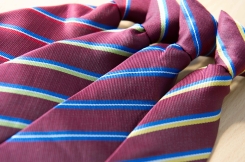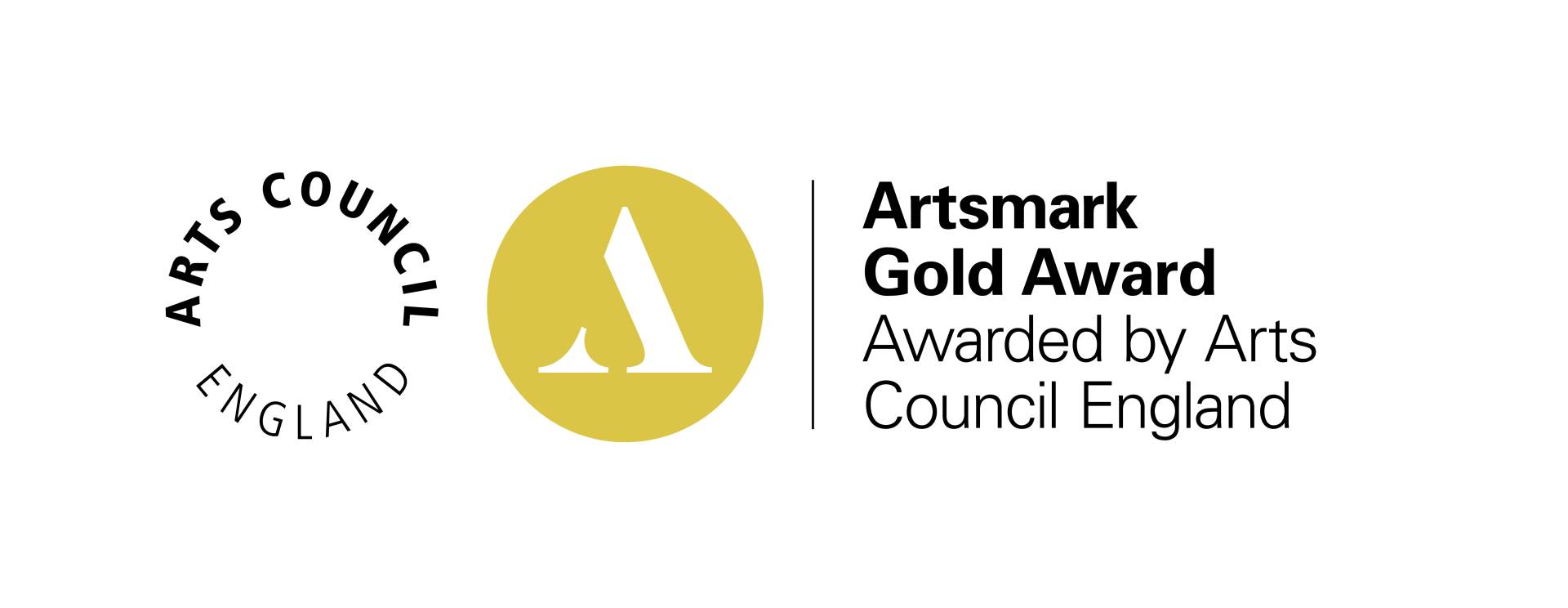History of the House System

History of Bingley Grammar School House System
The Bingley Grammar School house system is still extant with students competing in various house competitions all year round.
The house names originated from the wealthy benefactors that contributed to the foundation of the school and a brief history of these individuals can be found below:
Samuel Sunderland
A wealthy merchant originally from Halifax, Samuel Sutherland was an important figure in Bingley and one of the first named governors. His house was robbed in 1674 which caused quite a stir locally. There is a tablet in Bingley church tower which refers to his many benefactions, some of which extended to places beyond Bingley. He had assigned a large amount of his property to trustees, but the gift was not to be effective until after his death. It was threefold: certain property in Bingley and Cullingworth was assigned to the use of the vicar of Bingley; some land in Manningham for the poor of Bingley; and a number of land and tenements in Heaton and Wilsden to be lawfully licensed to the Master of the Grammar School of Bingley.
________________________________________
William Wooller
William Wooler was born at some time in the 16th century. He was a native of Bingley, and he became wealthy in the flourishing wool trade. The cloth was woven on looms in the farmhouses or in sheds attached to them; many of the substantial farmsteads round Bingley clearly date from this prosperous time. He later became a Merchant Adventurer, moving to York as a Freeman and later becoming a Chamberlain of the City. He died in 1597 and was buried in the South cross-aisle of York Minster where his monument read: " Here lyeth the body of William Wooller, late of the cittye of Yorke merchant who died the xxi day of December 1597, and did give liberal legacies to the poore of the cittye, to prisoners, and to the erection of free school in Bingley where he was born." In his will, William Wooller left a legacy to the inhabitants of Bingley town, which for twenty years after his death help ensure the welfare of both the town's poor and that of the school.
________________________________________
John Milner
Originally of Clayton, John Milner fought to keep the original school building, situated on the south side of the church, within his family. The deeds surrounding the building are unclear, however it was later donated to the chantry priest, who acted as schoolmaster at the time. John Milner is one of the earliest benefactors of Bingley Grammar School at a time when government and church clashed. His efforts ensured the church retained use of the building until a later date when the government’s view on education became of higher importance.
________________________________________
John Oldfield
John Oldfield was born at some time around 1545. The son of a well renowned local shoemaker, he was named a trustee to ensure the lands of Bingley Grammar School were maintained following the work done by John Milner. He headed the list of trustees for many years, and was also the main trustee of the Wooller lands. Following the death of Milner in 1597, John Oldfield ensured the efforts he made in the early years of the school continued and the school became well established.



 Safeguarding
Information
Safeguarding
Information Arbor
Arbor









